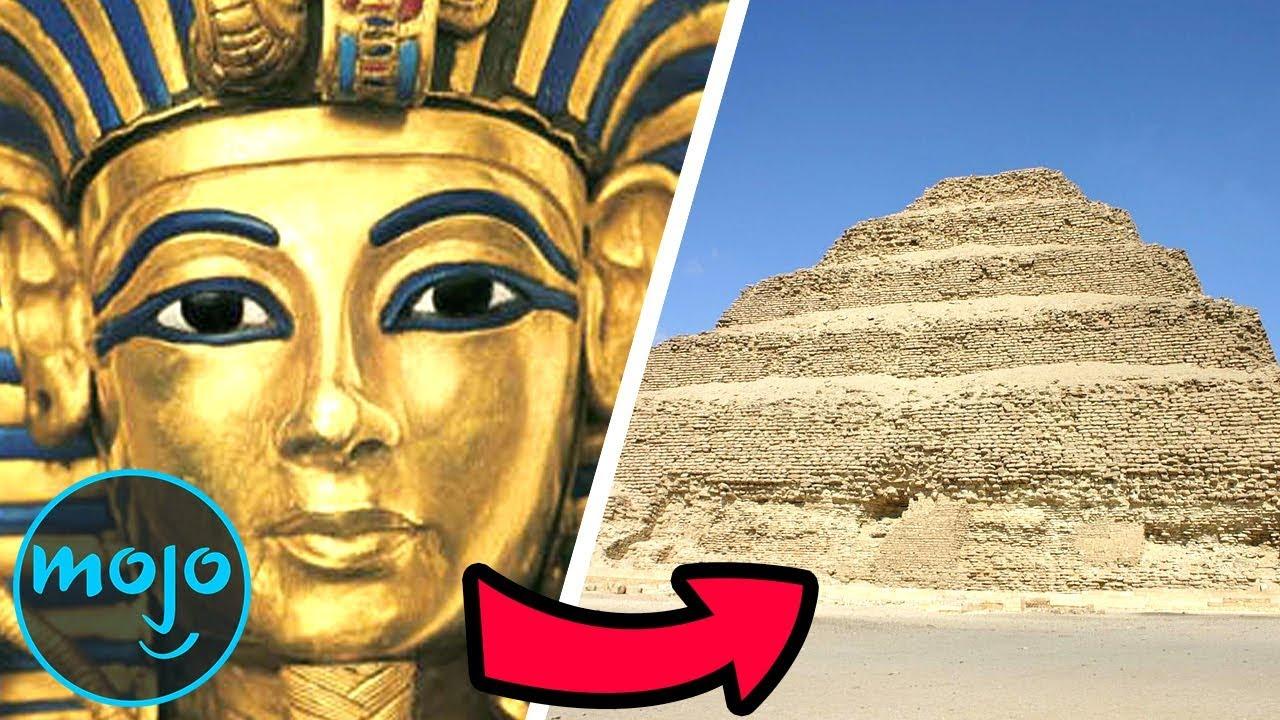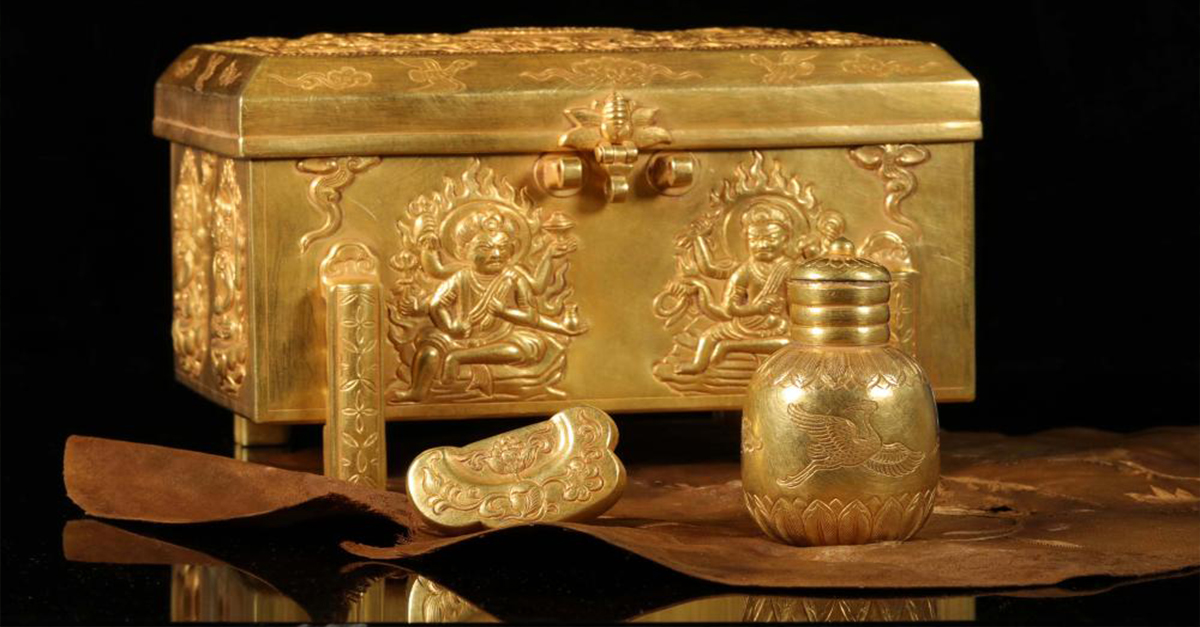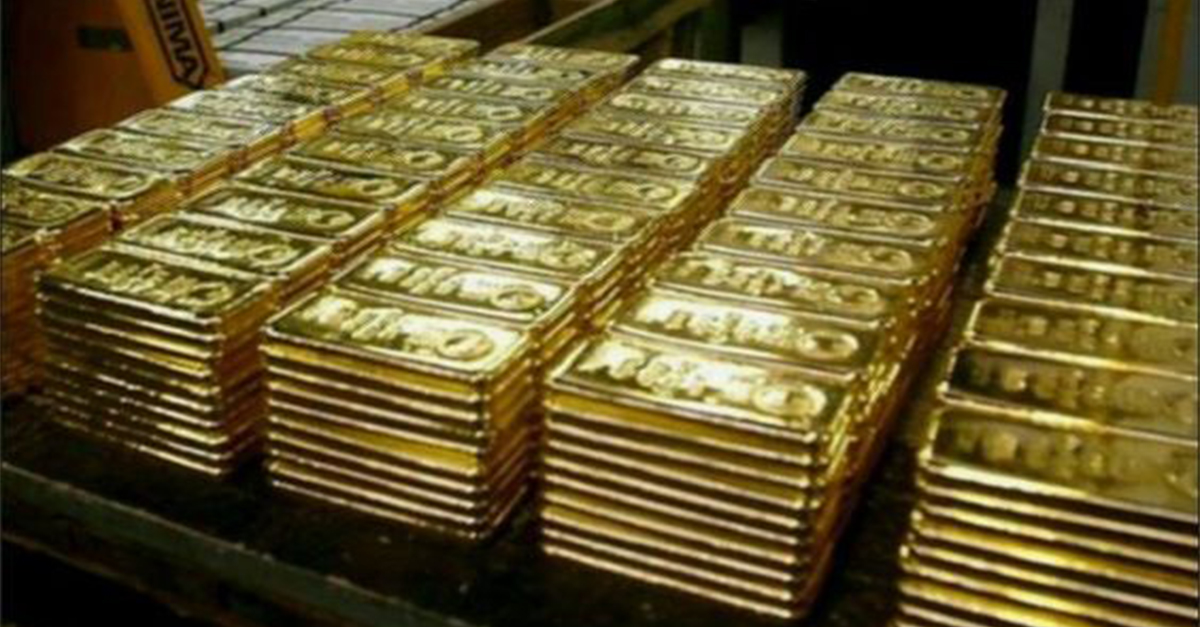Archaeologists found the 1,600-year-old skeleton of an upper-class woman whose skull was deliberately deformed and teeth with minimal stones embedded near the ancient ruins of Teotihuacan in Mexico.

Archaeologists who found the 1,600-year-old skeleton near the ancient site of Teotihuacán in Mexico say the woman was between 35 and 40 years old when she died, intentionally deforming her skull and having minimal stones embedded in her teeth.
When she died between the ages of 35 and 40, the woman was buried with 19 jars that served as offerings, reported the National Institute of Anthropology and History.
The institute said in a statement that his skull had been intentionally deformed by tying a board to the front of his head in a “very extreme” manner, a technique commonly used in the Mayan regions of southern Mexico and Central America.
The Mayans are credited with developing the only native writing system in the Americas, as well as the most sophisticated calendar.
The Mayans are also credited with developing a sophisticated knowledge of cosmetic dentistry, as they were known for decorating teeth by inlaying them with precious stones or filling them with inlays.
Small holes were carved into the skulls of the ancients and grooves and notches were made to hold semi-precious stones, which were held together with an adhesive made from natural resins, such as plant sap, mixed with other chemicals and crushed bones.
Dentists probably had sophisticated knowledge about how to drill teeth without hitting the pulp inside.
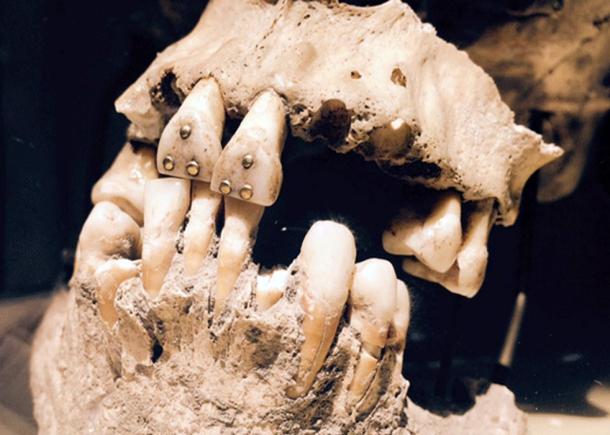
Gold-encrusted teeth, pre-Columbian explorer.
Last year, archaeologists discovered liquid mercury in an underground tunnel beneath the Temple of the Feathered Serpent in Teotihuacán, which may represent an underworld river leading to a royal tomb or tombs.
The remains of the kings of Teotihuacán, some of the most powerful rulers of the pre-Hispanic world, have never been found.
Such a discovery would be monumental as it would reveal many of the mysteries surrounding this ancient civilization.
The enigmatic pre-Hispanic city of Teotihuacán, about 50 kilometers (30 miles) north of Mexico City, prospered between the 1st and 8th centuries, after which its civilization disappeared.
Its two majestic pyramids of the Sun and the Moon are its main tourist attractions.
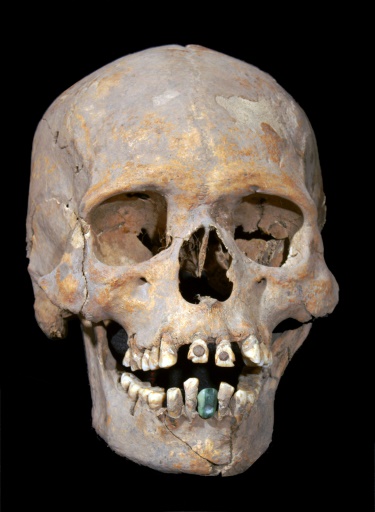
Th𝚎 1,600-𝚢𝚎𝚊𝚛-𝚘l𝚍 sk𝚎l𝚎t𝚘n 𝚘𝚏 𝚊n 𝚞𝚙𝚙𝚎𝚛-cl𝚊s w𝚘m𝚊n 𝚏𝚘 𝚞n ? 𝚘𝚘th m𝚊𝚍𝚎 𝚘𝚏 𝚊 𝚐𝚛𝚎𝚎n st𝚘n𝚎 kn𝚘wn 𝚊s s𝚎𝚛𝚙𝚎ntin𝚎

